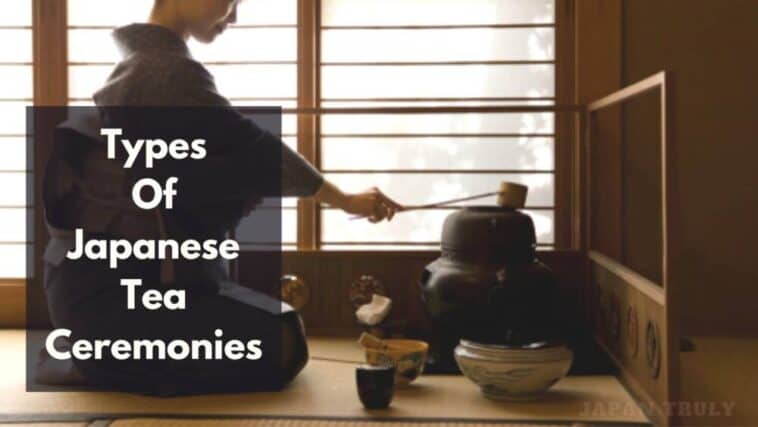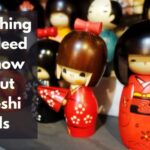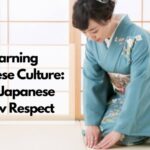Japanese Tea Ceremonies, with their intricate rituals and fascinating history, have been an integral part of Japanese culture for centuries.
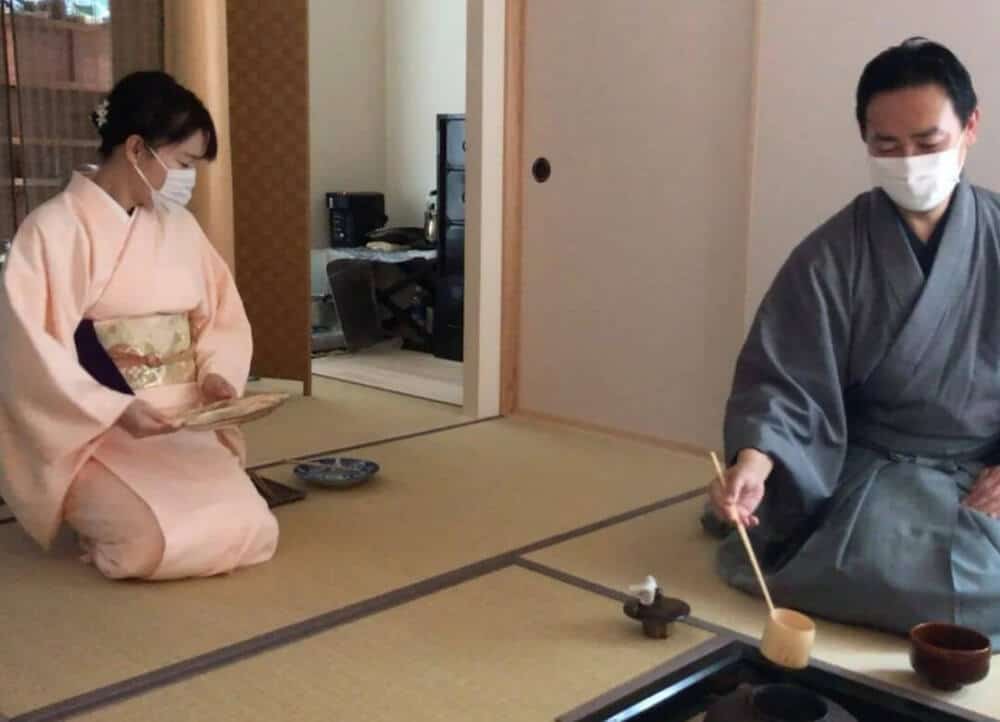
Stepping beyond the steaming cup, Japanese tea ceremonies offer a rich tapestry of rituals and styles. Dive into the world of chado (the way of tea) and discover the distinct types, from formal multi-course gatherings to casual celebrations of the seasons.
Page Contents
Types of Japanese Tea Ceremonies
Japanese tea ceremonies are as ancient and as varied as the country’s culture itself.
Understandably, people are often surprised to learn that there are many different types of Japanese tea ceremony, each one unique both in style and purpose.

Let’s take a look at some of the most popular versions that have been practiced for centuries.
- Related: Tea Rooms to visit in Tokyo
Chakai or Informal Japanese Tea Ceremony
The most popular type of tea ceremony is the chakai, an informal setting in which the host invites guests to a gathering.
Geared toward relaxation, this style of ceremony is unique in that it emphasizes conversation and togetherness, in addition to the traditional elements of the ceremony.
Chaji or Formal Japanese Tea Gathering
Chaji is another style of tea ceremony, generally more formal than the chakai, that involves a full-course meal and often multiple ceremonies throughout the event.
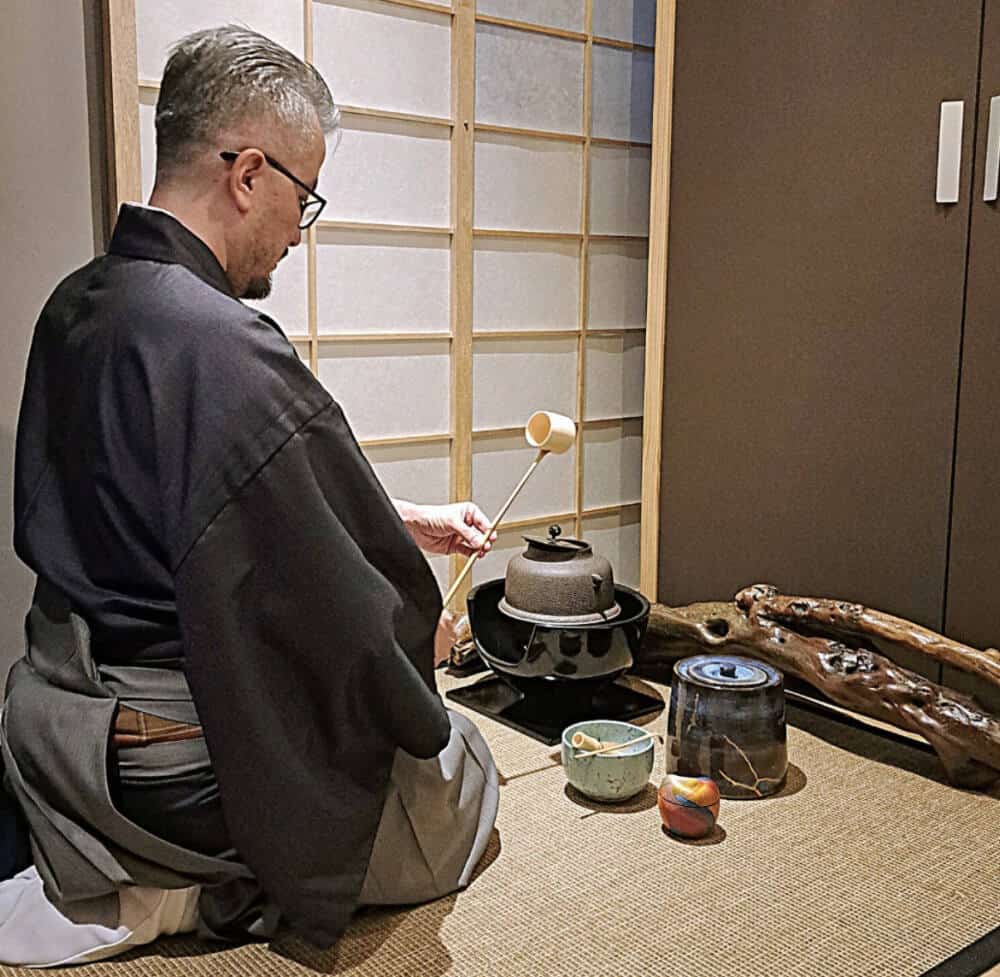
Akatsuki-no-chaji
The Akatsuki-no-chaji is a popular winter tea ceremony that is held just as the dawn breaks.
Asa-cha and Yuuzari-no-chaji
Warming weather brings about two other tea ceremonies, Yuuzari-no-chaji and the Asa-cha.
The former, or early-evening tea ceremony, is held during the warmer months and often outdoors in the garden. The latter is an early-morning summer tea ceremony celebrated with light refreshments.
Shoburo
The Shoburo is an annual event that takes place in May and involves the first use of the portable brazier.
Kuchikiri-no-chaji
Lastly, the Kuchikiri-no-chaji follows the same rituals as the standard chaji ceremony but also requires guests to wear special apparel and caps.
These are just some of the many different types of Japanese tea ceremonies. Each style has its own intricate rituals and details that, once you get to know them, make each one a delight to experience.
Whether you’re looking for a contented nighttime gathering or an energizing morning pick-me-up, Japanese tea ceremonies can provide the perfect setting.
History of Japanese Tea Ceremonies
The history of Japanese tea ceremonies is a long and complex one, stretching back centuries to a time when it was considered one of the most important aspects of social etiquette.
The ceremonies, known as chanoyu, were first practiced in the 12th century by Zen Buddhist priests, and over time, developed into distinct forms with their own distinct etiquette and rituals.
The earliest types of tea ceremonies, chakai and chaji, are still practiced today.
Chakai is a formal tea ceremony, usually held in the morning and often used to welcome a guest. During this ceremony, guests are treated to a selection of sweets and a Matcha tea ceremony.
Chaji, on the other hand, is an informal ceremony often practiced in the afternoon or evening. Guests are served a larger selection of sweets and tea, which is usually accompanied by conversations and storytelling.
The tea ceremony was an important part of Japanese culture for centuries, and it continues to be an important part of modern Japanese ceremonies, usually accompanied by traditional dress, delicious food, and, of course, tea.
Whether formal or informal, each of these ceremonies, and their unique rituals, ensure the grace and beauty of this important part of Japanese culture are preserved.
Tea Utensils Used in Japanese Tea Ceremonies
In any Japanese tea ceremony ritual, very specific tea utensils are used with effective and precise placement to provide a tranquil atmosphere.
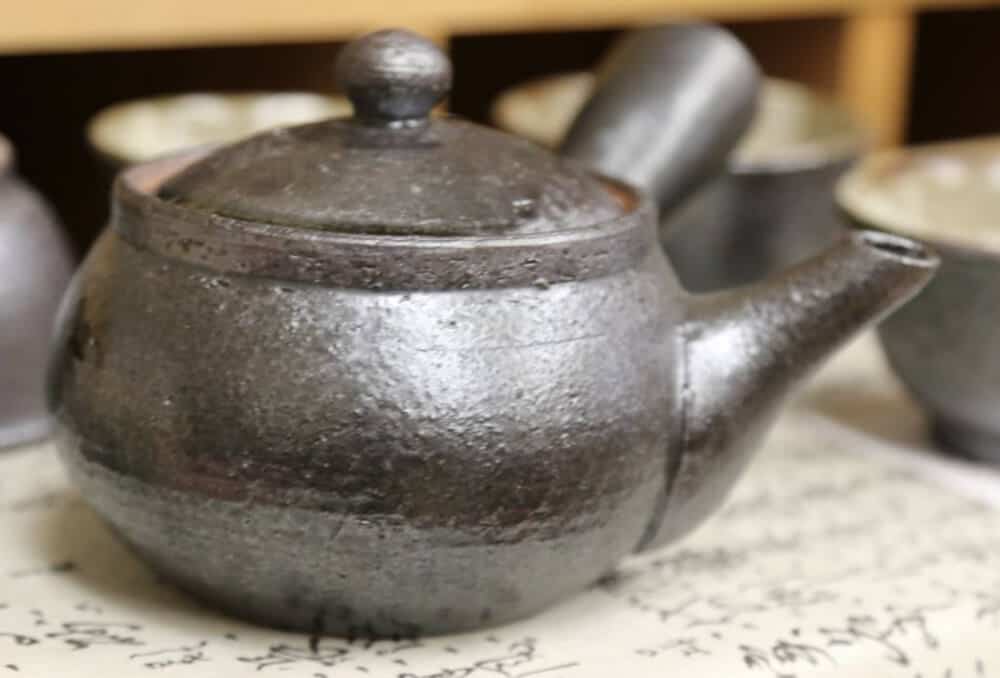
Often referred to as dōgu (道具) these implements are put together for an arrangement of harmony and display.
The typical set of tea ceremony implements includes a tea scoop (chashaku,茶杓), a serving cloth (fukusa, 袱紗), a water jar (mizusashi, 水差), a shallow bowl for whisking green tea (chawan, 茶碗), a tub for the warm water (kyūsu, 急須), the tea container (natsume, 棗), and the tea caddy (mizutamono, 水玉物).
In addition to the regular tea ceremony tools, an array of items, such as incense containers, vases and candles, may be used during a ceremony, depending on the type.
For example, an Akatsuki-no-chaji may include a sacred sake cup called Kagikasane (影傘) and a folded mat called Nanakusa-dōgu (七草道具).
On the other hand, a Yuuzari-no-chaji or a Kuchikiri-no-chaji may require a tea bowl holder, a fan, and a plant or flower arrangement.
The names and types of tea vessels used in each ceremony enhance each other and are placed in a very precise area of the room for guests to observe.
All of these tea utensils must be arranged with elegance and placed with purpose in order to give the atmosphere an authentic and calming ambiance.
Etiquette of Japanese Tea Ceremonies
The Japanese tea ceremony, also known as chanoyu, is an art form deeply woven throughout Japanese culture.
It involves intricate rituals steeped in tradition, as well as custom etiquette that must be observed to properly carry out a tea ceremony.
Therefore, understanding the unspoken etiquette of Japanese tea ceremonies allows participants to demonstrate the proper respect and admiration expected of this activity.
The most important aspect of etiquette during a Japanese tea ceremony is to remain relaxed.
Although the ritual requires strict adherence to rules and traditions, it should not be performed stiffly but rather with grace and poise.
After entering the tea room and entering seiza, equipment handling and preparation of tea must be completed without talking.
Additionally, movements must be kept to a minimum, being careful not to bump into furniture. When serving tea, the hostess should always face the guest when presenting the cup of tea and bow.
Another important aspect of etiquette during a Japanese tea ceremony is to remain mindful of the conversation.
Instead of engaging in small talk, the conversation should focus on topics related to the tea ceremony such as tea preparation, the general atmosphere of the room, and the beauty of the tea ceremony.
Additionally, it is important to show gratitude to the hostess during the tea ceremony. All guests should thank the hostess for the tea before and after consumption and offer compliments or praise to her.
A Japanese tea ceremony is a celebration of the season and an exercise in contrasts.
Thus, it is important to remain mindful of these contrasts while upholding etiquette.
Above all, the Japanese tea ceremony is an opportunity to demonstrate respect and admiration while engaging in a peaceful and spiritual activity.
Following proper etiquette is the key to having a successful and respectful experience during a Japanese tea ceremony.
Conclusion
As the conclusion to this exploration of the various types of Japanese tea ceremonies, it is clear that the ritualistic and spiritual aspects of tea drinking are deeply important and esteemed aspects within this culture.
From the few examples explored above, it is evident that the idea of hospitality, nature and artistry are put into play in these ceremonies and this is how the Japanese create and enjoy the bond between those drinking the tea.
Every tea ceremony offers a new set of stories and advice that the Japanese can reflect on and share over the ritualistic and meditative ritual of drinking tea.
Whether it’s the dawn tea or the early-evening tea ceremonies, the chaji or chakai, the symbolic messages in each and every ceremony always remain strong and continuous.
Ultimately, whether a person joins an Akatsuki-no-chaji at sunrise or a Kuchikiri-no-chaji in the winter, everyone who participates in tea ceremonies will come away feeling refreshed and enlightened.
In conclusion, Japanese tea ceremonies are an amazing cultural event with a long, proud history.
The many types of tea ceremonies each have their unique purpose and bring an extraordinary experience to anyone fortunate enough to attend such a gathering.
Also Read
My writing focuses on the various aspects of Japanese lifestyle, from traditional tea ceremonies and flower arrangement to modern fashion trends and pop culture. Through my articles, I aim to share my passion for Japan and provide readers with a glimpse into the rich and diverse world of Japanese culture.
I believe that the key to understanding Japanese lifestyle is to appreciate the balance between tradition and innovation. While Japan has a rich cultural heritage that dates back centuries, it is also a country that is constantly evolving and embracing new ideas and technologies.
Whether you’re interested in learning about the latest fashion trends in Tokyo, or want to explore the ancient art of calligraphy, my writing will take you on a journey through the many facets of Japanese lifestyle. So join me as we explore the beauty and complexity of this fascinating culture together!


